MACV Recondo School
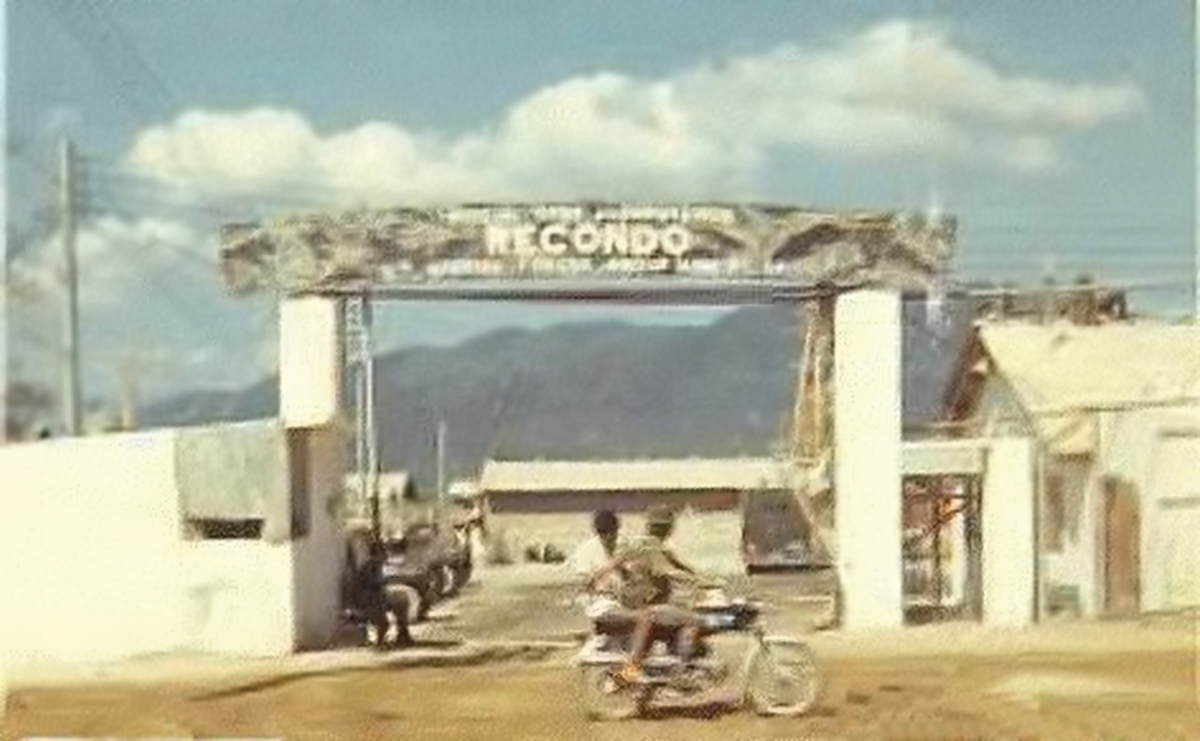
MACV Recondo, Nha Trang 1969
By Kenn Miller, Recondo #1096
Originally published in the February 2015 issue of the Sentinel
Concerned that his division’s paratroopers needed more intensive training in raiding and reconnaissance patrolling, and aware that the US Army Ranger School was unable to provide training on the scale he envisioned to one division, in 1958, 101st Airborne Division commander, Major General William Westmoreland, gave Korean War Medal of Honor recipient Major Lewis Millet the task of establishing a condensed and intense patrolling and raiding school for the division.
General Westmoreland chose the name “Recondo” for his school. The “Recon” half of the new word was clear enough, but there is still some lingering debate over the “do” part. Most soldiers younger than General Westmoreland assumed the name was a combination of recon and commando, but some sources say that General Westmoreland’s original sense of things was that “do” came from the WW1 nickname for American soldiers, “Doughboy.” To a generation accustomed to Pillsbury TV commercials featuring the fat and giggly “Pillsbury Dough Boy” that was absolutely unacceptable. Whatever General Westmoreland originally intended, to everyone else “Recondo” has always stood for “reconnaissance commando.”
When he later became commandant of the US Military Academy, General Westmoreland also instituted a less intense program of Recondo training at West Point. And later, in Vietnam, General Westmoreland played a major part in establishing the most famous Recondo school of them all — MACV Recondo School.

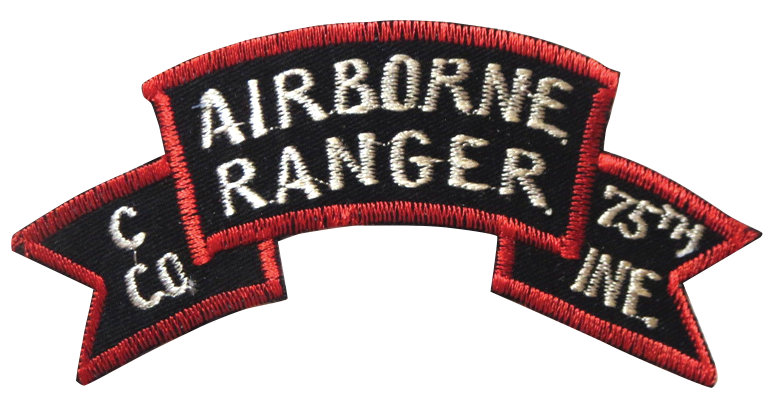
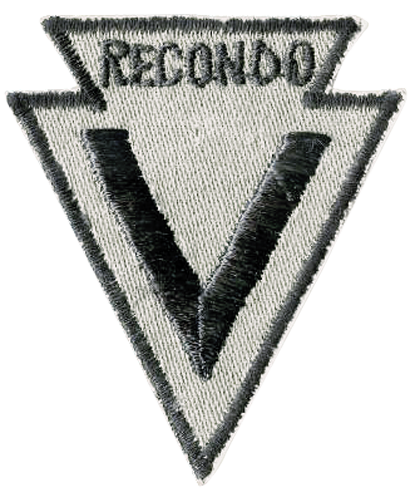
At top, two unofficial tabs from recon units in Vietnam and, at the bottom, the official Recondo School tab.
When conventional US troop units began deploying to Republic of Vietnam, the men of Project Delta (B-52) and its predecessor, Project Leaping Lena, had already honed their skills and gained experience in conducting reconnaissance and other special operations in Vietnam — as well as in training indigenous troops in these arts. It soon became evident that the conventional units would need a reconnaissance capability beyond their organic cav troops and infantry battalion recon platoons.
In September 1966, the 1st Brigade 101st Airborne Division sent ten paratroopers through Delta’s training program, and soon other units were begging to send some of their soldiers through the course.
By August 1966, things were getting out of hand. Delta’s CO went to Colonel Kelly — who at this time was reorganizing and expanding 5th SF Group’s intelligence operations, and in the process of organizing Project Omega (B-50) and Project Sigma (B-56) and a Group Recon School, and bringing them on line.
In the midst of all this, Project Delta was also training LRRPs for the conventional units. Colonel Kelly went to General Westmoreland (by then MACV’s commanding general), and on July 1st, 1966, Major A.J. Baker was given the job of forming and commanding the MACV Recondo School, based on Delta’s recon experience and the 101st’s Recondo School. From that beginning, the MACV Recondo School at Nha Trang was on its way.
But all that is history, and that history is well chronicled in Tom Halliwell’s A History Of The MACV Recondo School — which are still available in soft cover from www.specialforcesbooks.com. It is a wonderful work of history, full of information, photos, and detailed information about the training schedules, requirements, patrol procedures, historical facts, a list of Recondo Instructor/Advisers and cadre, and a similar list of Recondo graduates. Halliwell’s history is a priceless source for anyone interested in American special operations history. Halliwell’s history is a history, but this article is more of a grateful paean from an old Recondo School graduate.
Though it was based on Project Delta’s training and experience and the 101st Airborne’s Recondo School; and though it has heavily influenced many subsequent military training and selection and assessment programs, 5th SF Group’s three week, three phase MACV Recondo School at Nha Trang was like no other American military school. There almost certainly will never be another one like it. A man could get killed in Recondo School. And a man could find it necessary to kill another man — all as part of curriculum. That’s a feature they don’t have at Harvard, Yale, or Stanford.
To get into the school a soldier had to be a volunteer with a combat arms MOS. He had to be in excellent physical condition. He had to already have at least a month in country, with six months remaining after graduation. He had to have actual or anticipated assignment to a LRRP unit — though cav scouts, battalion recon soldiers, and certain others (such as the USAF PJ in my class) were often accepted into the course. A Recondo student had to be proficient in general military subjects. So said USARV regulation 350-2, and the majority did meet those criteria. One of the first lessons new Recondo Students learned was that SF set high standard, and duds and slackers and the unready were quickly eliminated from the course.
The first week consisted of demanding physical training, including the notorious rucksack runs (with a thirty pound sandbag, four canteens of water, load bearing equipment, weapons and ammunition), and long days of intense classroom and hands-on instruction in land navigation, patrol procedures, medical training, intelligence, communications, escape and evasion method, and other relevant subjects. One of the highlights of the first week was the “bear pit” — a sand-bag lined hole in the ground where students squared off for some hand-to-hand practice — the Korean students usually being warned not to use their taekwondo in the pit.
The hours were long and fatiguing but falling asleep in the classroom could be cause for immediate dismissal from the course. Pop quizzes and examinations were frequent, and what free time the students had was best used in studying the handout sheets for the next examinations. All this was made pleasant by the excellent food in the Recondo School mess hall. SF personnel might have had complaints about the Special Forces Mess Association, but the students generally agreed it was the best military chow they’d ever had.
The PT and the studying continued in the second week, and there was also instruction and practice in rappelling from the tower and from helicopters, the use of McQuire rigs, and rope ladders for patrol insertion and extraction. And then students were taken off to either Duc My Ranger Camp or Hon Tre Island for a four day FTX that included immediate action drills, the use of supporting arms and close air support, and familiarization with allied and enemy small arms. The weapons training was great fun, but after loading just one magazine most students were grateful that the M3 grease gun was obsolete.
The third week is when things got serious, for the graduation exercise (called “You bet your life”) was a real world long range reconnaissance mission, usually into the Dong Bo mountains, where there were plenty of enemy. These missions could be deadly. A few students and advisers were killed or wounded on these missions — as were a considerably higher number of enemy troops. No one in my class was killed, but I remember wondering with a few other students if a student killed on his graduation mission would be awarded a posthumous Recondo number and arrowhead patch.
The quality of instruction and leadership at MACV Recondo was of a level that very few of the students had ever experienced. Among the instructors/advisers were some of the best trained and most experienced reconnaissance men to ever run a long range patrol. SFA Chapter 78 member Brad Welker (now a member of SFA Chapter 51) was a member of the Recondo School cadre, and he still speaks with awe of some the men he worked with. He remembers that the idea of sending a very experienced senior SF recon NCO on a five day mission with five men from different units and coming from different AOs, and who hardly knew each other was “controversial.” It may have been controversial at SF, but among Recondo students there was no controversy. I know at least a couple hundred MACV Recondo graduates, and I have never heard anything but praise and gratitude for the school, and deep and abiding respect and admiration for the “advisers” who instructed us and lead us.
Even some of the instructor/advisers we most admired were visibly in awe of some of the old NCOs one might run into at the Recondo School. Just after graduation in May, 1968, a couple of fellow graduates and I — 19 and 20 year old spec four LRRPs from the 101st and 173rd — turned around the corner of the classroom and almost collided with two much older SF NCOs, who turned and gave us a nod and then resumed their conversation. Feeling as though we had infringed on something far above our level, we backed away and were making a hasty retreat when we encountered one of the instructor/advisers we most admired, SSG Kenneth McMullen. SSG McMullen told us that the taller man was MSG Bill “Pappy” Craig, former team sergeant at Lang Vei and now with the Combat Orientation Course while recuperating from his wounds, and the shorter man — maybe even shorter than me — was MSG Paul “Small Man” Tracy, the Recondo School’s NCOIC of instruction. We could see that SSG Mullen had the same sort of respect approaching awe for these two men that we had for him. Decades later, in a telephone interview, Paul Tracy reflected on his career and said that one of the things in which he took the most pride was his time as NCOIC of training at MACV Recondo.
Without the MACV Recondo School, most of the LRRP/Rangers of the Vietnam War would have been inadequately trained and equipped and would have been trying to perform long range
reconnaissance patrols and other special operations on an ad hoc basis. During the existence of the MACV Recondo School, from 1966 to 1971, 5,395 men were admitted to the school, and 3,357 graduated as Recondos. Most of the students came from the US Army and the US Marine Corps, but 269 Korean, 193 Thai, 130 Vietnamese, 22 Filipino, and 18 Australian Recondos graduated from the course, and while it may be difficult to quantify such a thing, their influence on their own units and service branches must surely be enormous.
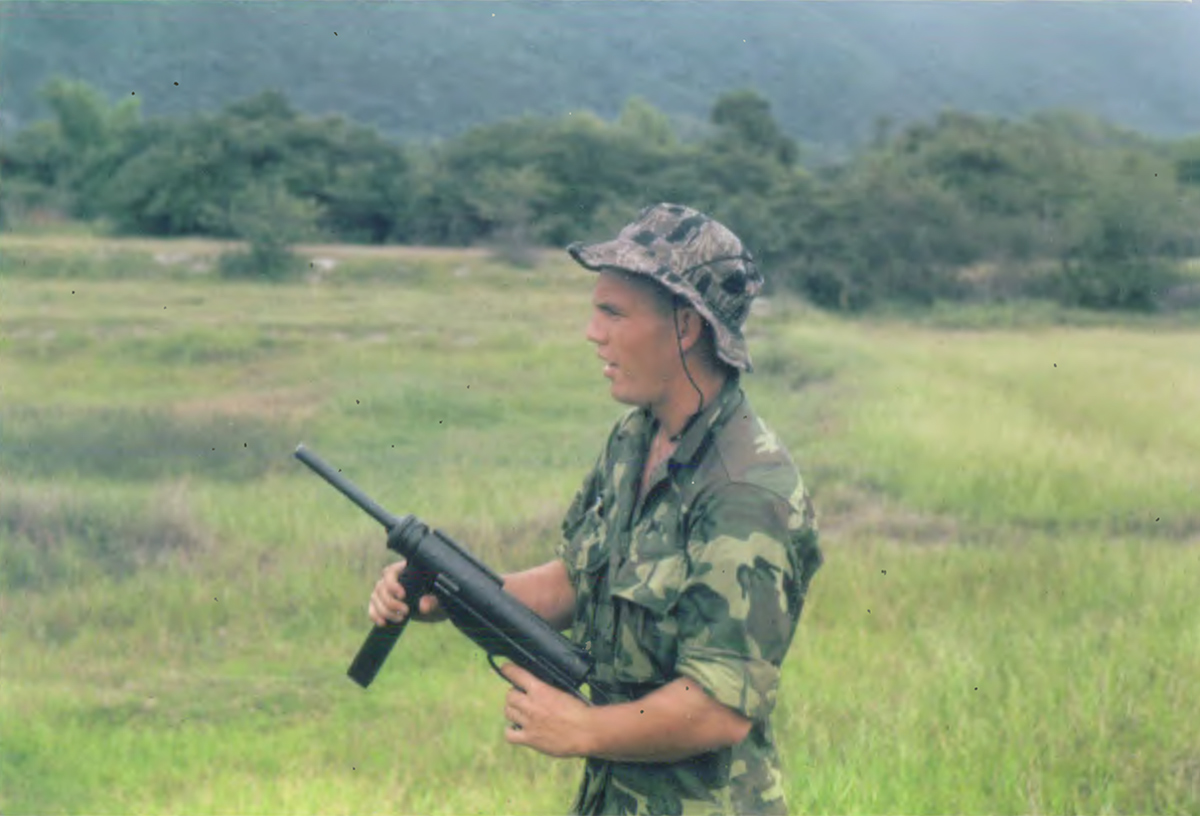
Kenn Miller with WWII M3A1 .45 cal sub-machine gun, which as called the “Grease Gun.” (Photo courtesy Kenn Miller)
But surely the greatest influence of the MACV Recondo School was on the US Army. Recondo School was a great recruitment program for SF, with many Recondo graduates, including SFA Chapter 78’s current president Bruce Long, and current sergeant-at-arms, Mark Miller, are among those inspired to join SF by their experience of MACV Recondo. Former Chapter 78 president Ramon Rodriquez began his SF career on the Recondo School cadre.
But MACV Recondo’s greatest influence was on the Rangers. Like previous ranger units, from the mid-1600s to the Second World War, the LRRP (or LRP) units were raised in a theater of war and organized and trained in a theater of war. The success of the LRRP units that were formed into the 75th Infantry Regiment (Ranger) in February, 1969, owed an enormous debt to SF and the MACV Recondo School.
And though for some reason that puzzles and annoys many Vietnam veterans it is probably not politically correct to say so around Fort Benning these days, it is an historical fact that the 75th Infantry Regiment (Ranger) became today’s 75th Ranger Regiment. During the Vietnam War the Ft. Benning Ranger School was heavily tasked with training infantry officers and unable to do much for the Rangers manning the recon teams in Vietnam. The Commando Depot in Scotland that had trained so many World War Two Rangers was long gone. But the LRRP/Rangers who served in Vietnam had the now legendary MACV Recondo School. Although their missions and cultures differ, the historical lineage of US Army Special Forces and US Army Rangers are very much entwined, and it is not too much of a stretch to say that without SF and the Recondo School, there very likely would be no 75th Ranger Regiment today.
A simple thanks just doesn’t say enough.
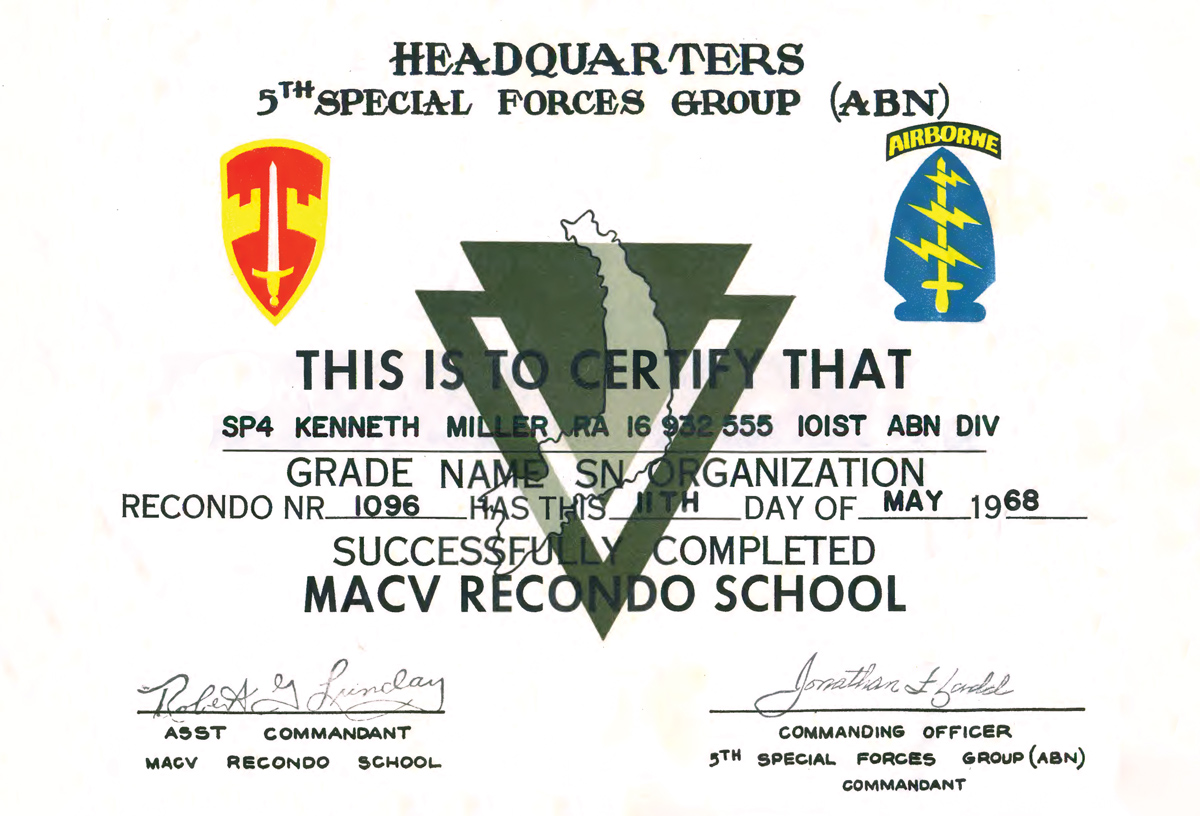
About the Author:
Kenn Miller is a former LRRP and 101st Ranger veteran. He is author of the successful and well-received novel Tiger: The LURP Dog, as well as Six Silent Men, Book Two (101st Lrp/Rangers), also highly regarded.
He is an very active member of Chapter 78 and a frequent contributor to the Sentinel. He lives in Southern California.

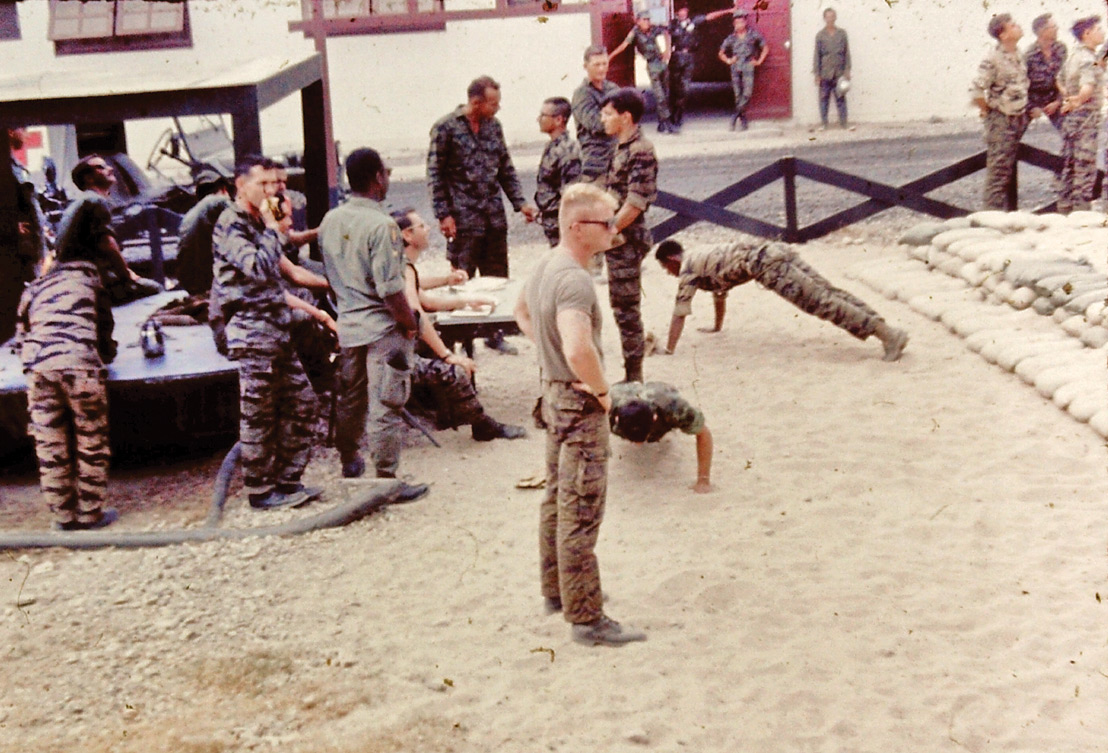
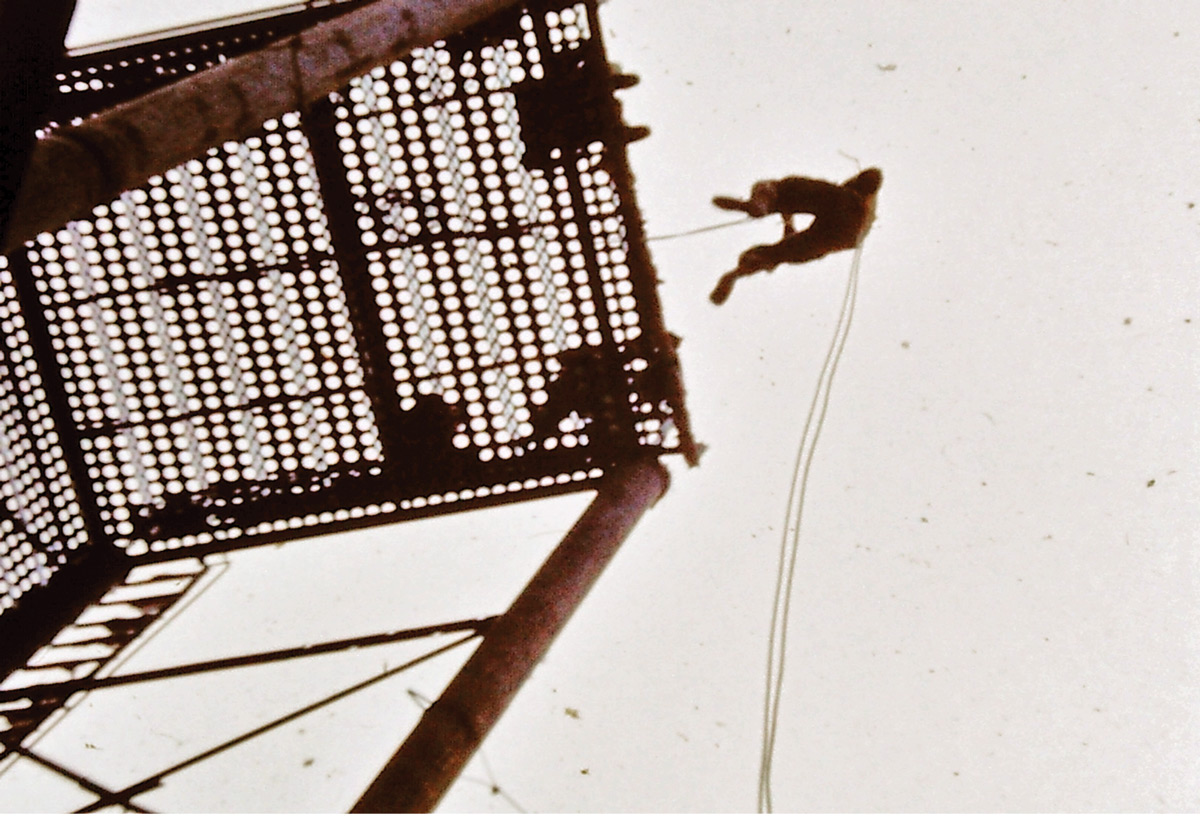
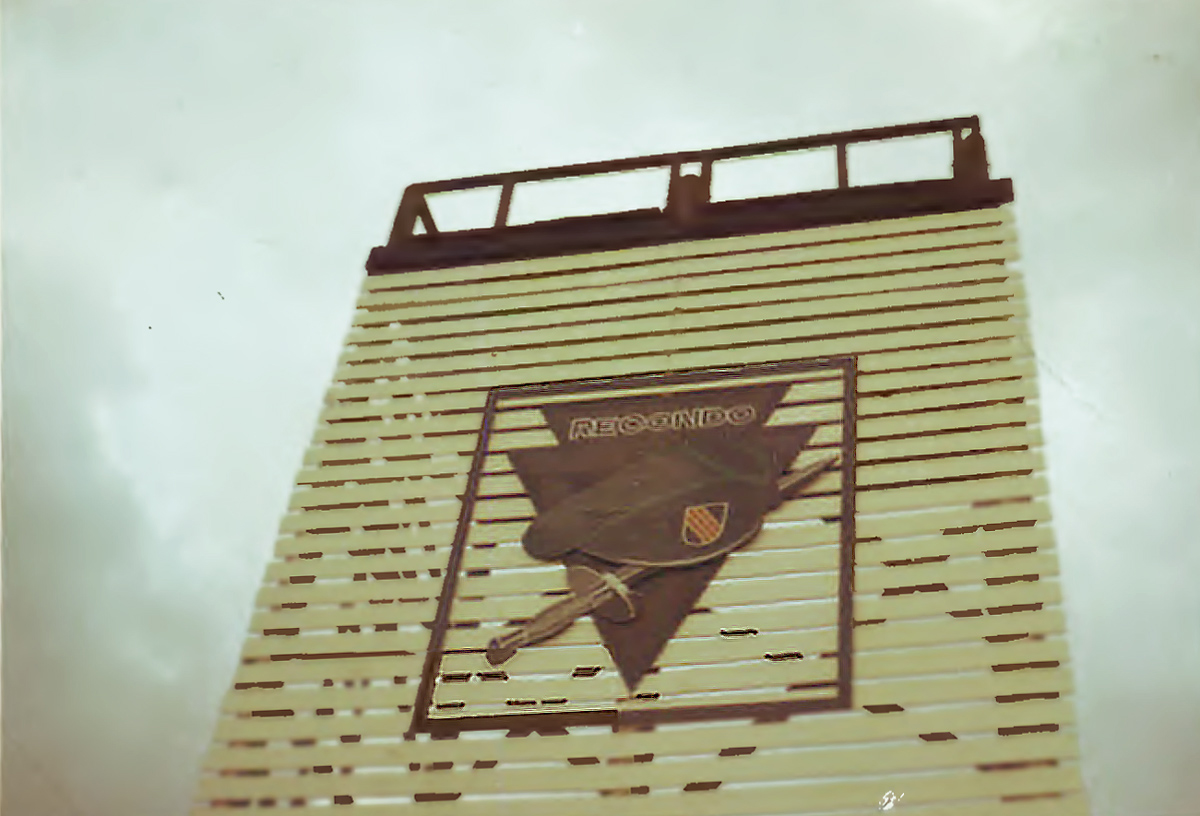
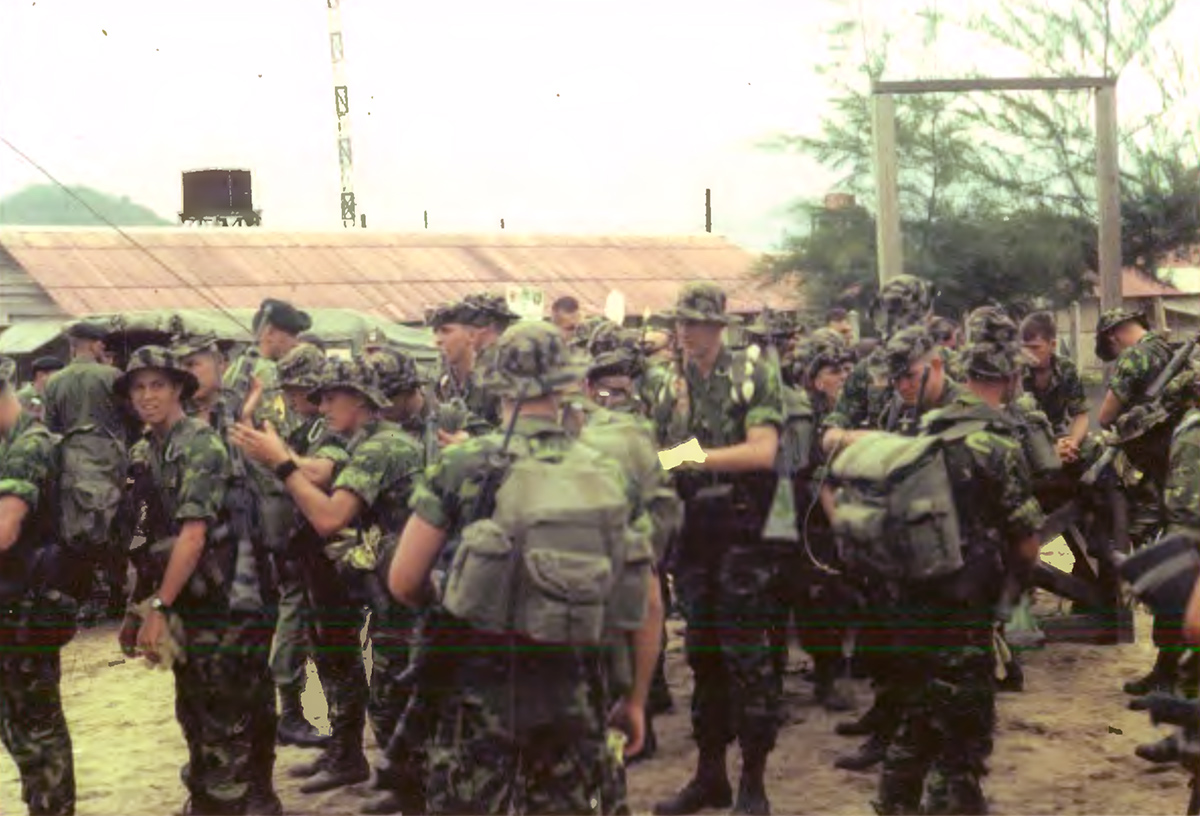
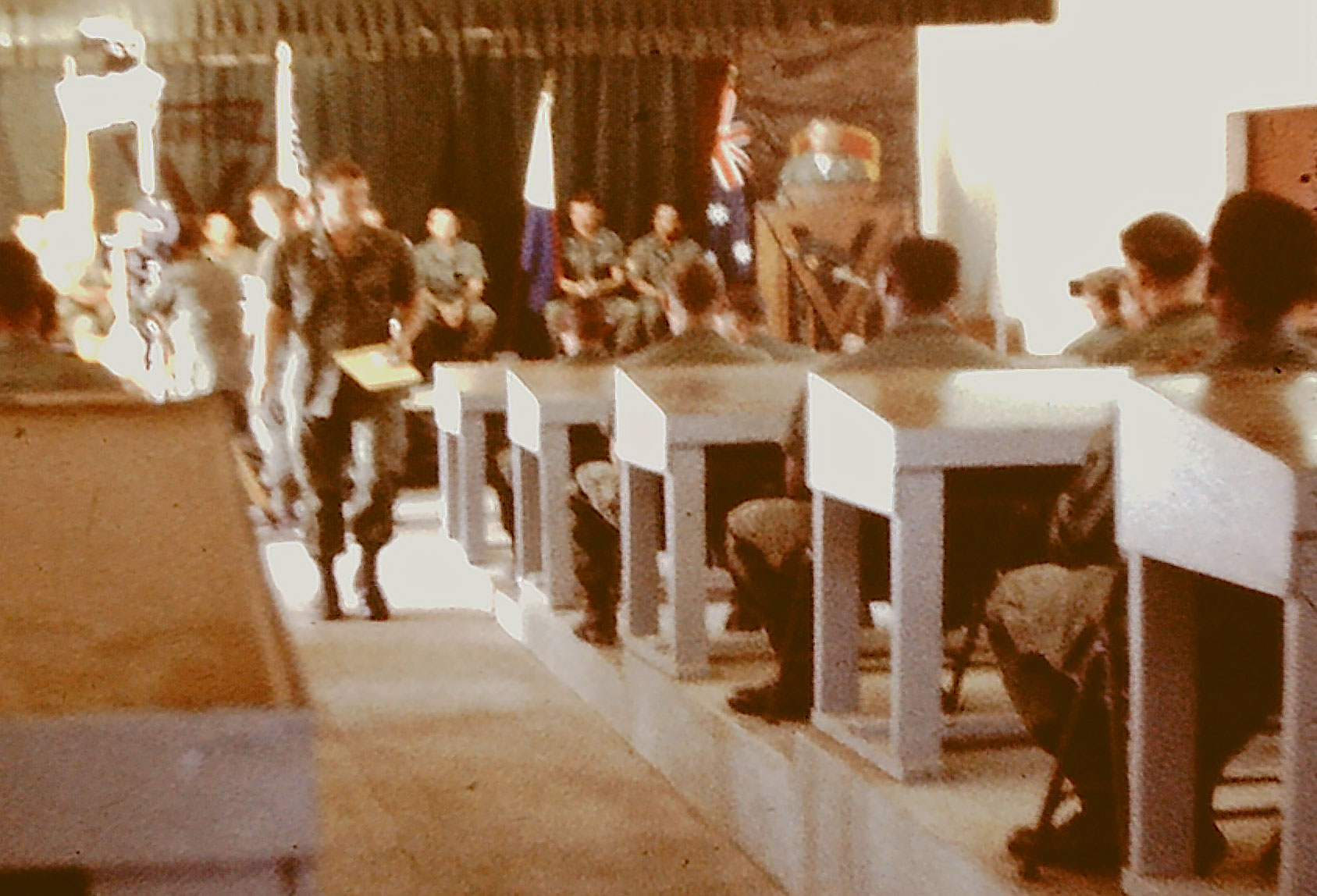
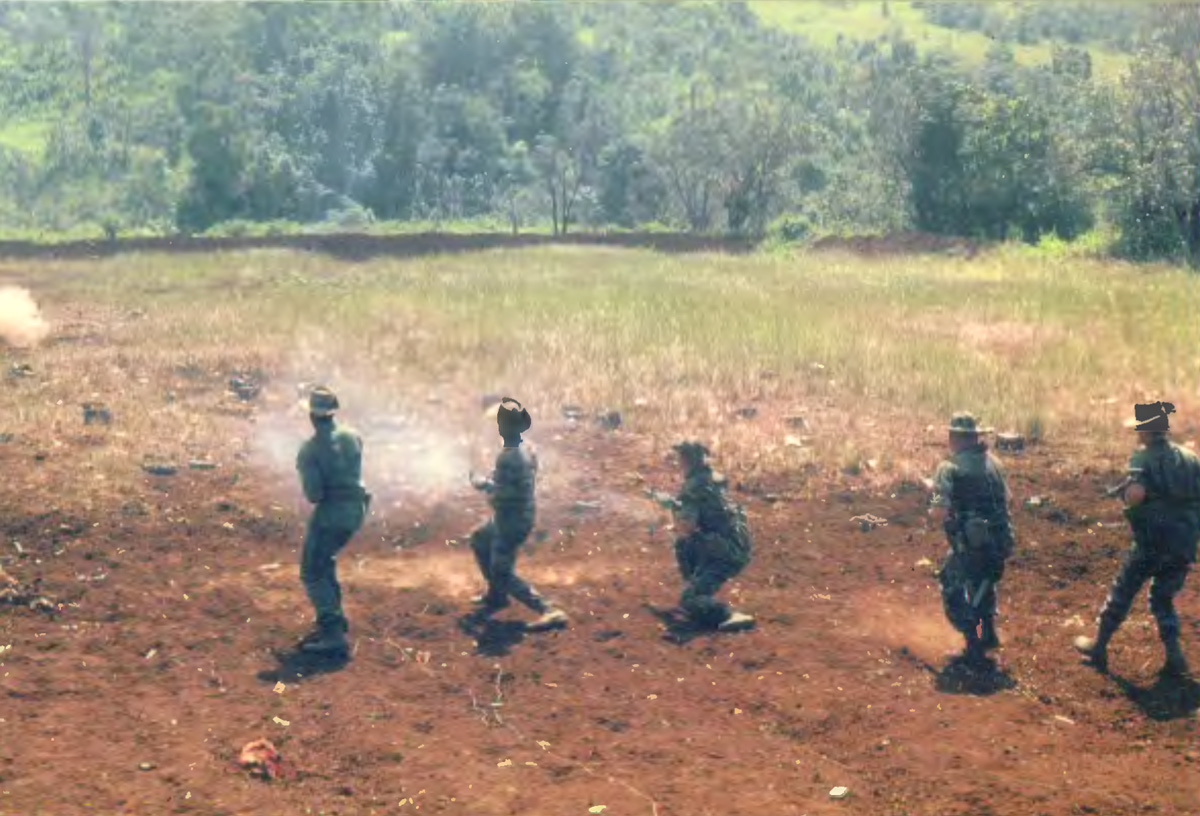
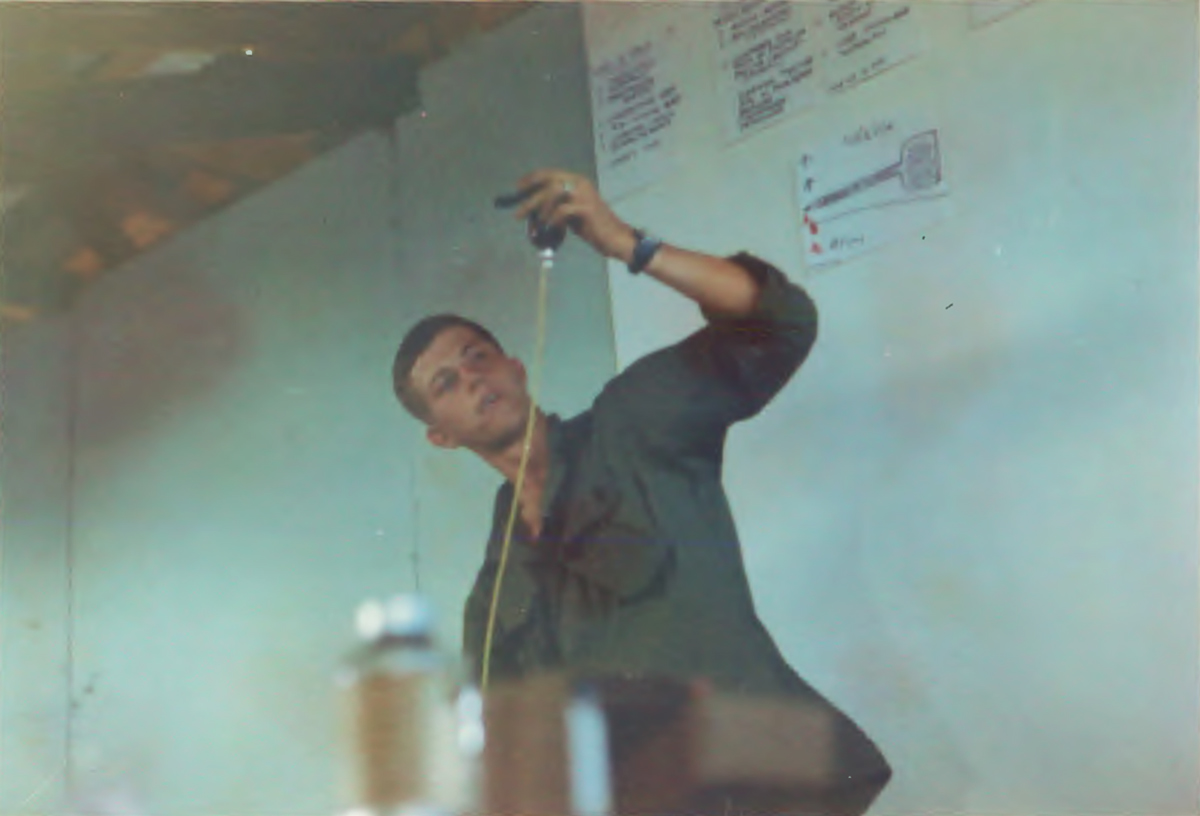
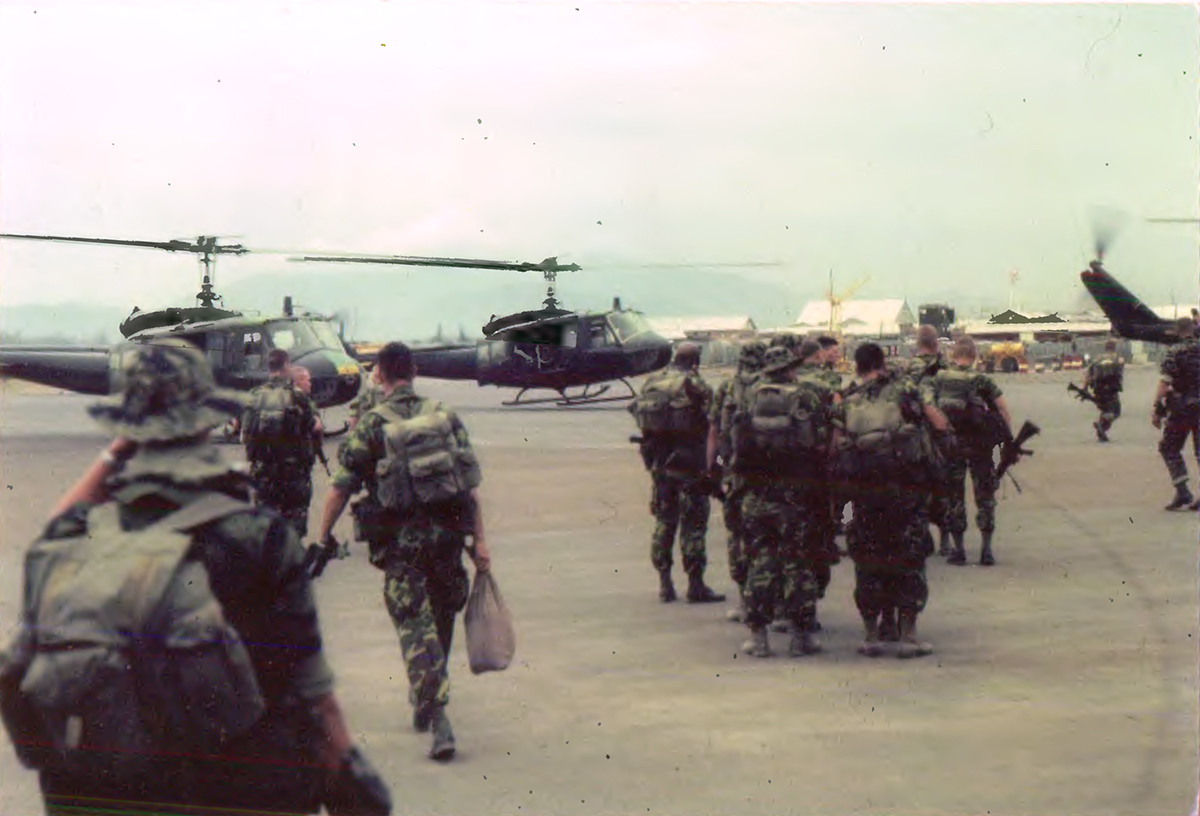
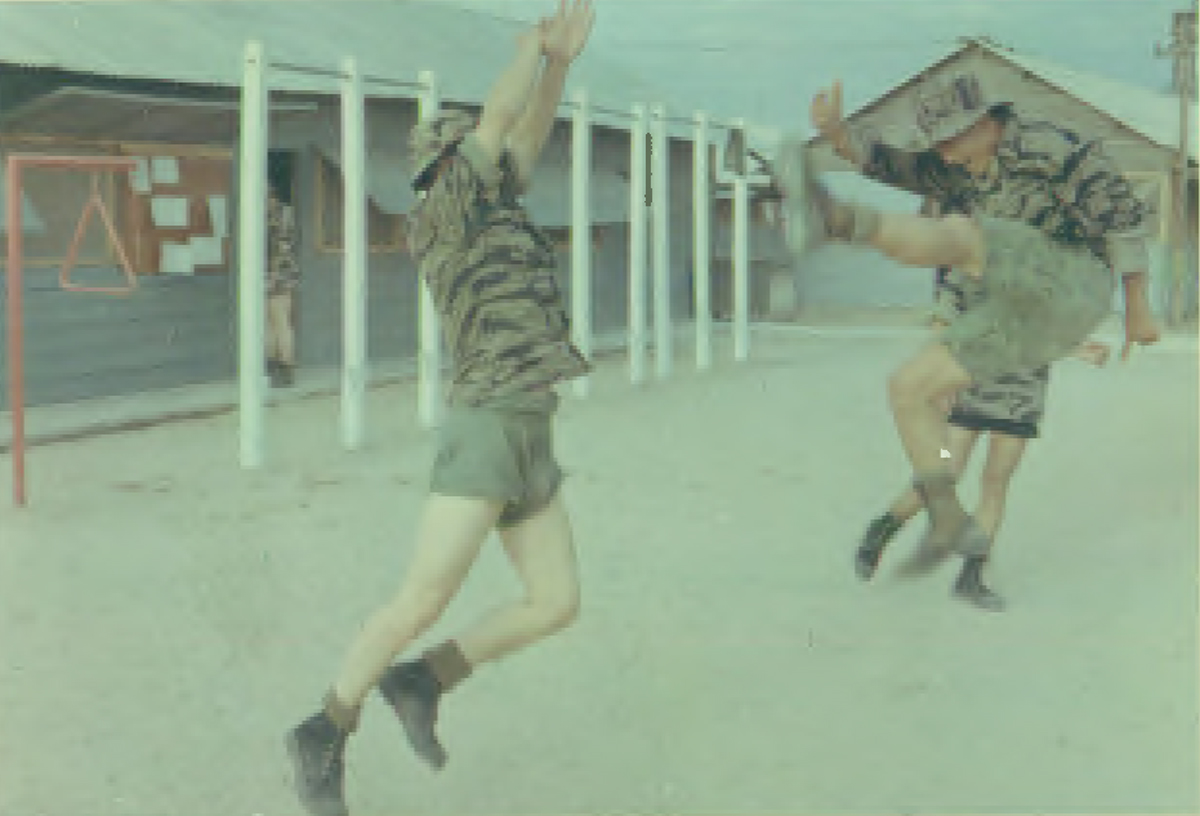
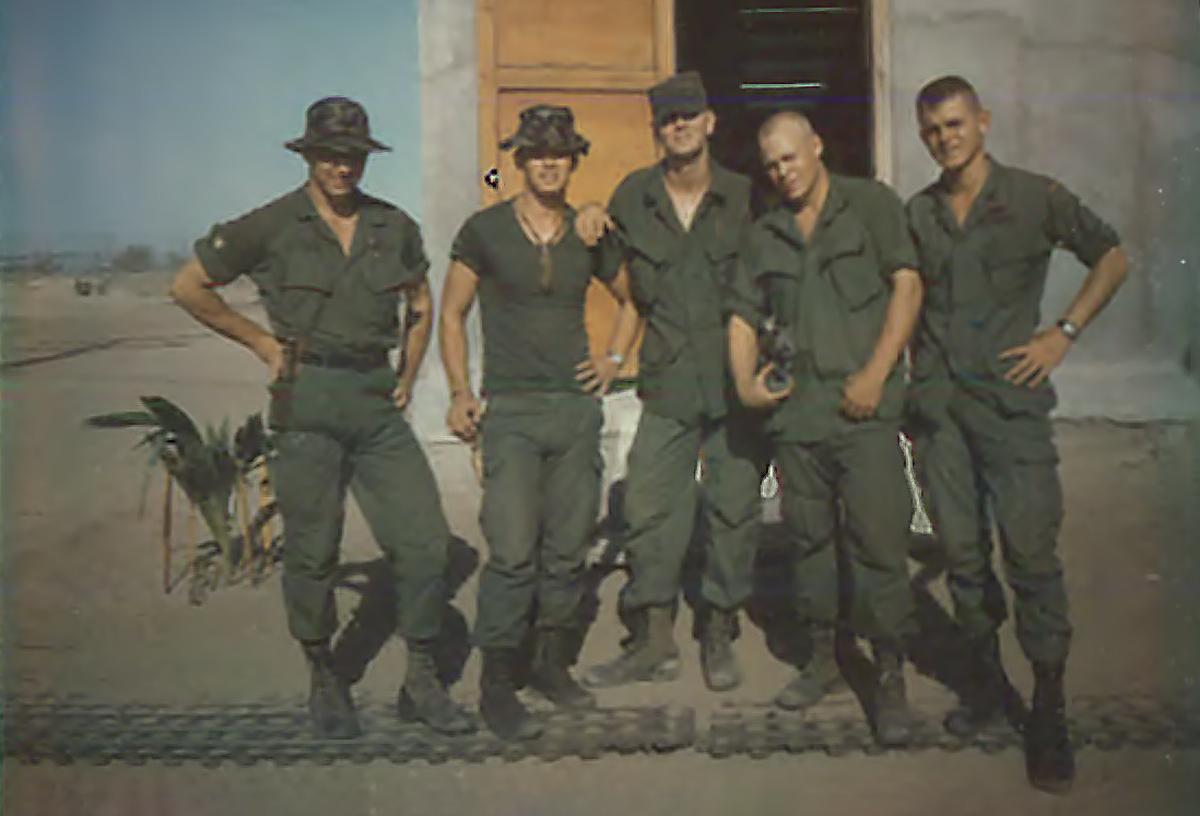
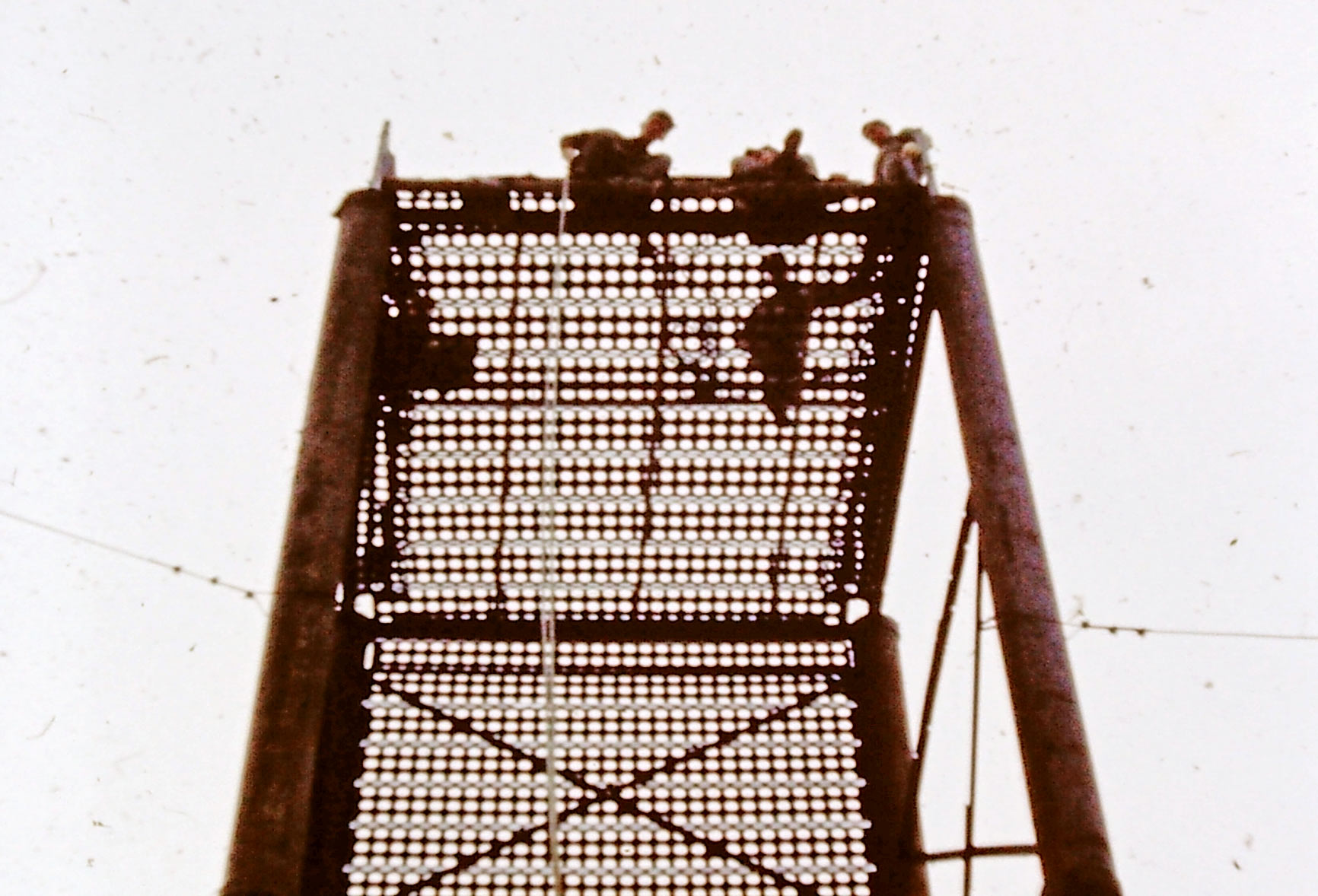
KENN,
I graduated from MACV RECONDO School in November, 1969. I have something you will like from the school.
Hi John, your message has been forwarded to Kenn Miller.
I read Tiger: The LURP Dog about 30 years ago. Good read.
As a general question, I graduated from the 5th SFG(A) RECONDO School in 1969; my graduation number is 2161. Is there a link wherein all such graduation numbers are listed? Thank you!
If so, can it be sent to:
jonmichaelcorey@gmail.com
I’ve spent some time searching too, and it doesn’t appear that an on-line listing for Recondo School graduates exist. If you visit https://www.specialforcesbooks.com/RCNDOLISTS.htm you will find a link to Tom Halliwell’s book on the RECONDO School. Steve Sherman, a well-known SF historian, owns this website and you’ll find his email address on the bottom of the same page. He might know something more about your question.
I would love to hear from you. My father was Paul V. Tracy that you mentioned in a article I read. I just visited my aunt in Boston and am always curious to know more about my father.